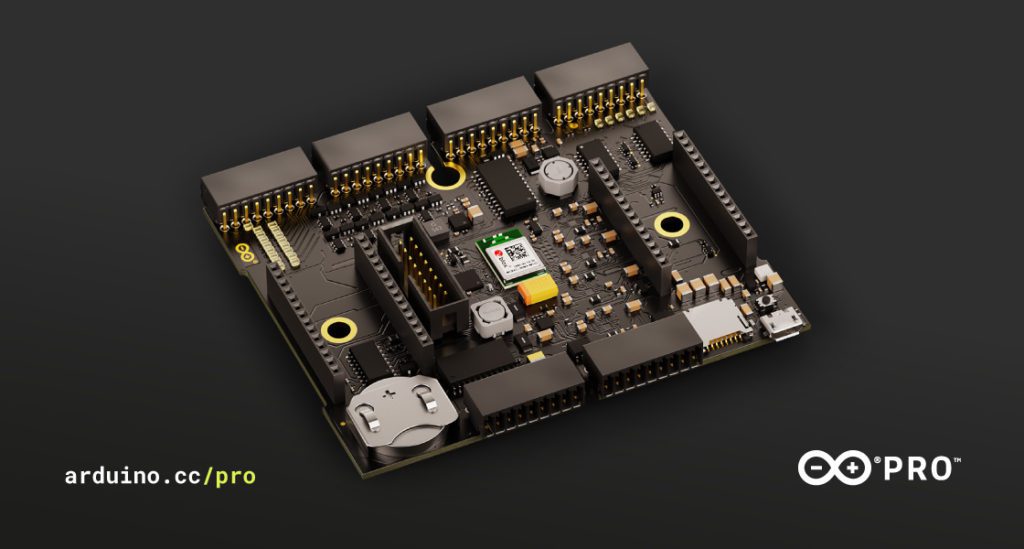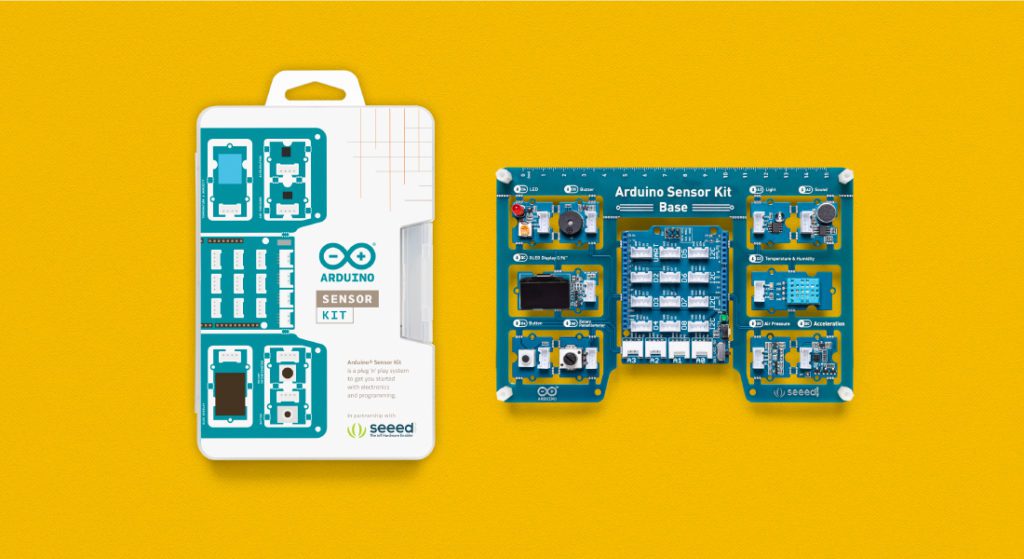Schlagwort: Air-Pressure
-

Self-contained, Arduino Cloud-connected home monitoring module
Reading Time: 3 minutesHome monitoring is a big part of home automation, but it’s often overshadowed. Our attention tends to get hijacked by cool projects that perform physical actions. Whether it’s turning the lights on, changing their color, running a robot vacuum cleaner, pulling on the blinds or watering the garden. All these actions are…
-

Sense the future of smart agriculture with Arduino Edge Control
Reading Time: 2 minutesArduino Team — April 22nd, 2021 The Arduino Pro lineup continues to grow with the introduction of the new Arduino Edge Control. This is a remote monitoring and control solution optimized for outdoor environments. Easy deployment makes it suitable for smart agriculture, precision farming, and other intelligent control applications in remote locations.…


